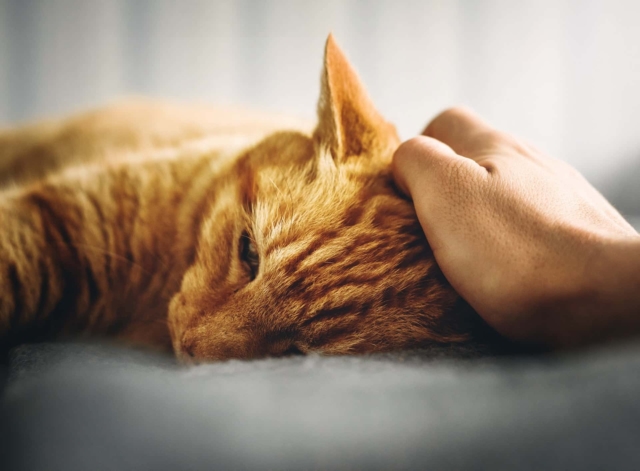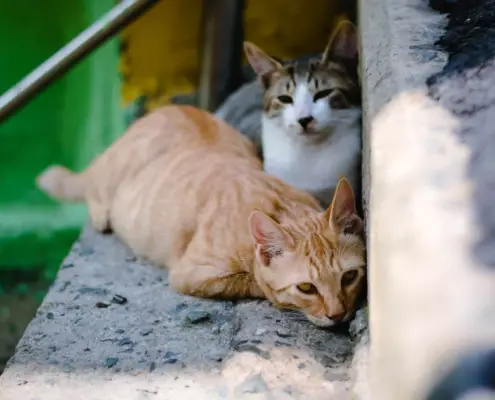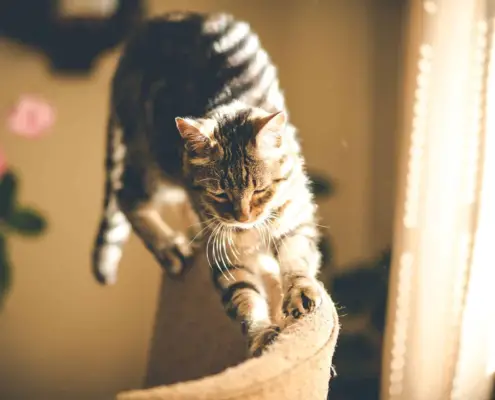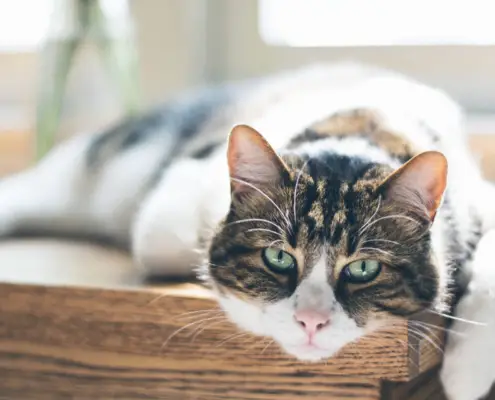
Heat stroke is a potentially life-threatening condition that can affect not only humans but also our furry friends, including cats. It occurs when a cat’s body temperature rises to dangerous levels, overwhelming their ability to regulate heat. While cats are generally more resistant to heat than dogs, they are still susceptible to heat stroke, especially in hot and humid environments.
Heat stroke in cats can be caused by a variety of factors, including exposure to high temperatures, inadequate ventilation, excessive physical activity, and being trapped in an enclosed space without proper airflow. It’s important for cat owners to understand the signs and symptoms of heat stroke to prevent this condition and keep their feline friends safe.
Signs and Symptoms of Heat Stroke in Cats
Recognizing the signs and symptoms of heat stroke in cats is crucial for early intervention and treatment. Some common indicators include excessive panting, drooling, rapid breathing, lethargy, weakness, vomiting, diarrhea, and an elevated heart rate. Cats may also exhibit signs of distress, such as restlessness, agitation, or difficulty walking.
In severe cases, a cat experiencing heat stroke may collapse, have seizures, or go into a state of shock. It’s important to note that these symptoms can progress rapidly, so immediate action is necessary to prevent further complications.
Risk Factors for Heat Stroke in Cats
Certain factors can increase a cat’s risk of developing heat stroke. Brachycephalic breeds, such as Persians or Exotic Shorthairs, are more prone to heat stroke due to their shortened nasal passages and compromised ability to cool themselves through panting. Additionally, cats with pre-existing medical conditions, such as heart or respiratory problems, are at higher risk.
Other risk factors include leaving a cat in a parked car on a hot day, confining them in an area with limited ventilation, and subjecting them to strenuous physical activity during extreme heat. It’s essential to be aware of these risk factors and take appropriate measures to protect your feline friend from heat stroke.
How to Prevent Heat Stroke in Cats
Preventing heat stroke in cats involves taking proactive measures to ensure their safety and well-being, especially during hot weather. Here are some essential tips to help keep your feline friend cool and comfortable:
Keeping Your Cat Cool During Hot Weather
During periods of high temperature, it’s crucial to provide a cool and comfortable environment for your cat. Keep your home well-ventilated and use fans or air conditioning to maintain a comfortable indoor temperature. Avoid leaving your cat outdoors for extended periods, especially during the hottest part of the day.
Providing Shade and Fresh Water for Your Cat
Create shaded areas in your home or outdoor space where your cat can seek refuge from the sun. This can be achieved by using umbrellas, awnings, or even strategically placed plants. Additionally, ensure that your cat always has access to fresh and cool water. Consider placing multiple water bowls in different areas of your home to encourage hydration.
Recognizing the Early Signs of Heat Stroke in Cats
Being able to identify the early signs of heat stroke is crucial for prompt intervention. Keep a close eye on your cat’s behavior and monitor for any signs of distress, such as excessive panting, restlessness, or weakness. If you notice any abnormal symptoms, take immediate action to cool your cat down and seek veterinary assistance if necessary.
What to Do if Your Cat Experiences Heat Stroke
If you suspect your cat is experiencing heat stroke, it’s essential to act quickly to prevent further complications. Here’s what you should do:
- Move your cat to a cool and shaded area immediately.
- Wet your cat’s fur with cool (not cold) water to help lower their body temperature.
- Use a fan or air conditioning to aid in the cooling process.
- Offer small amounts of cool water for your cat to drink.
- Contact your veterinarian for further guidance and assistance.
Remember, heat stroke can be a life-threatening emergency, so it’s crucial to seek professional help as soon as possible.
Cooling Techniques for Cats with Heat Stroke
Once you have taken initial steps to cool your cat down, there are additional techniques you can use to aid in their recovery:
- Apply cool towels or compresses to your cat’s neck, armpits, and groin area.
- Encourage your cat to lick ice cubes or consume small amounts of ice water.
- Limit your cat’s physical activity and provide a quiet and calm environment.
- Monitor your cat’s body temperature closely and seek veterinary care if it does not decrease within a reasonable time frame.
Conclusion
Heat stroke in cats is a serious condition that requires immediate attention and intervention. By understanding the signs and symptoms of heat stroke, taking preventive measures, and knowing how to respond in case of an emergency, you can protect your feline friend from this potentially life-threatening condition. Remember, keeping your cat cool, providing shade and fresh water, and being vigilant of early warning signs are key to ensuring their well-being during hot weather. Stay informed, stay prepared, and keep your feline friend safe from heat stroke.
If you suspect your cat is experiencing heat stroke or have any concerns about their well-being, contact your veterinarian immediately. Prevention and early intervention are crucial in protecting your cat from heat stroke.
If you enjoyed my article, I would appreciate you sharing it with your network.

Sima Ndlebe
Sima writes for CatBuzz. He is interested in Cats, Health and Fitness, and Entrepreneurship.
Published: 14 November 2023




